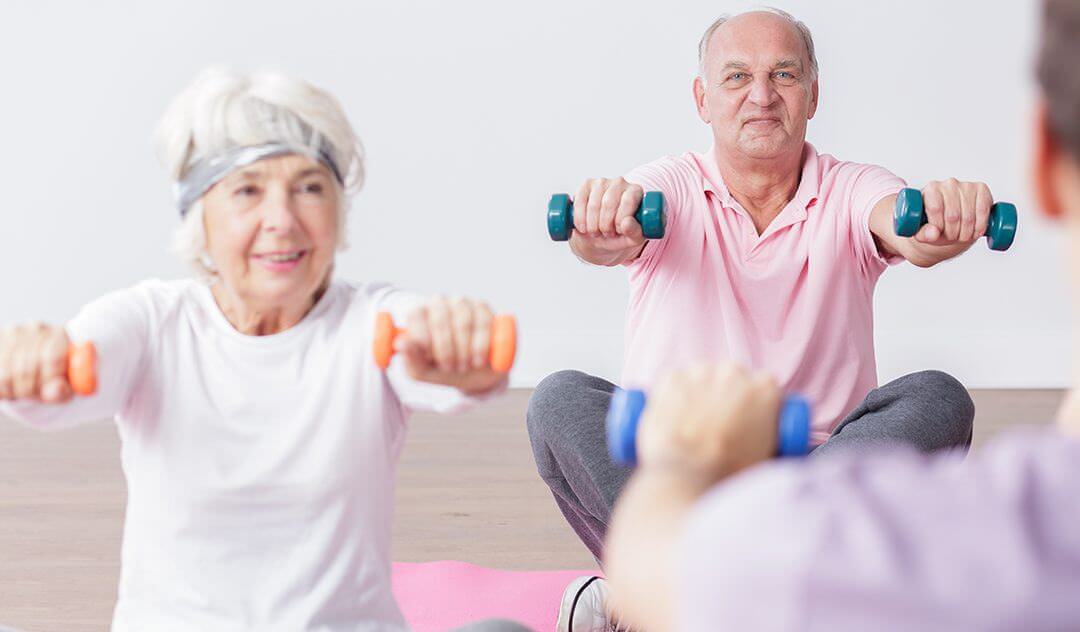Being active and ambulatory is more than preventing low bone density and osteoporosis. To 43 million Americans, physical therapists have an important message: exercise is good medicine and helps prevent functional decline. But not just any exercise—what is important to the individual, you–since all of us may have differing needs! Strength, flexibility, cardiovascular and posture—individual attention to any of these helps promote weight bearing, balance, coordination, endurance and is a big step to remaining active while still preventing falls.
“Essential to staying strong and vital during older adulthood is participation in regular strengthening exercises, which help prevent osteoporosis and frailty by stimulating the growth of muscle and bone,” said David Satcher, M.D., Ph.D., U.S. Surgeon General from 1998 to 2002. “Strength training exercises are easy to learn, and have been proven safe and effective through years of thorough research.”
And while this benefit of strength training for older adults is a powerful one, it’s simply just one in a list of proven reasons why seniors should make strength training a part of their lifestyles and fitness regimens.
While a reduction in strength is often considered an inevitable part of getting older, people of all ages should feel empowered to take charge of their overall health (including strength training) as they age.
Along with diet and regular check-ups with both a physician and a physical therapist, an exercise regimen that includes elements of strength and resistance training can help slow some of the effects of aging – this, while also allowing one to maintain a high quality of life through activity and independence.
“The work of scientists, health professionals, and older adult volunteers has greatly increased our knowledge about the aging process and how we can maintain strength, dignity and independence as we age,” Satcher said.
According to reams of medical research, the many proven benefits of weight-bearing and resistance exercise include:
Rebuilding Muscle: People do lose muscle mass as they age, but much of this can be slowed and even reversed through strength and resistance exercise. And of course, a stronger body has a direct impact on issues related to balance, fall prevention and independence.
Reducing Fat: We also tend to more easily put on weight as we get older. Studies show, however, that while older adults gain muscle mass through strength training, they also experience a reduction in body fat.
Reducing Blood Pressure: Studies have also shown that strength training is a great (and natural) way to reduce one’s blood pressure, even for those who “can’t tolerate or don’t respond well to standard medications.”
Improving Cholesterol Levels: Strength training can actual help improve the level of HDL (“good”) cholesterol in the body by up to 21 percent, while also helping to reduce to levels of LDL (“bad”) cholesterol.
Strengthening Mental Health: This goes with all exercise, including strength training. Maintaining a high level of fitness can combat anxiety, depression, issues with stress, etc. Exercise is also great for memory!
Whether walking, jogging, hiking, dancing, etc., experts recommend 30 minutes of weight-bearing activity every day. Guidelines also suggest it’s also necessary to set aside another two to three days of strength and resistance training each week, which can include free weights, weight machines, Pilates, yoga, and so on.
And for the sake of both health and safety, a thorough strength, movement and balance assessment should precede any new exercise regimen, especially for older adults – assessments that physical therapists are uniquely qualified to perform.

